Strength Training for Football Players: The Best Lifts for Power and Explosiveness
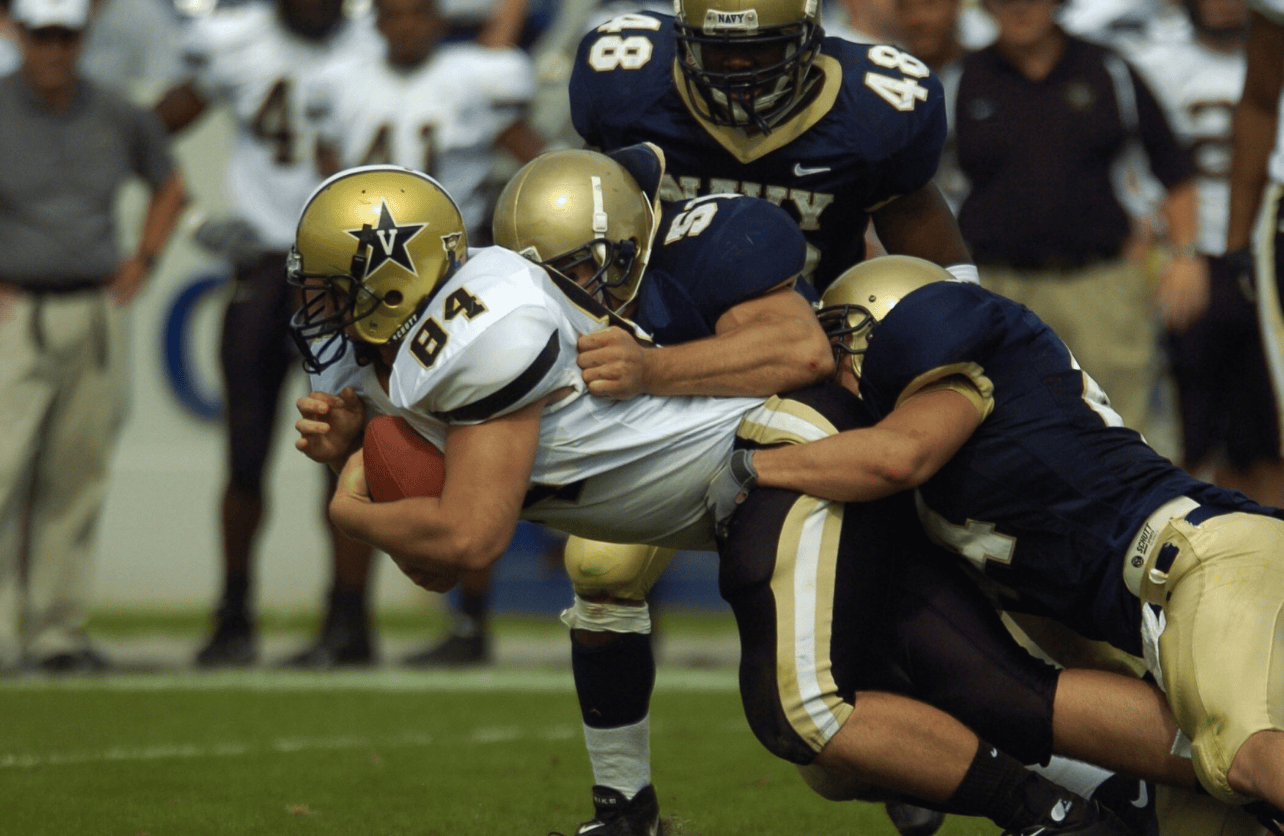
- Why Strength Training Matters in Football
- The Best Lifts for Power and Explosiveness
- 1. Squats (Back Squat & Front Squat)
- 2. Deadlifts (Conventional & Trap Bar Deadlifts)
- 3. Power Cleans (Olympic Lift for Explosiveness)
- 4. Bench Press (Flat & Incline Variations)
- 5. Bulgarian Split Squats (Single-Leg Strength & Balance)
- 6. Sled Pushes (Game-Ready Strength and Conditioning)
- 7. Pull-Ups & Chin-Ups (Upper Body Strength & Grip Power)
- Building a Football Strength Program
- Final Thoughts: Get Strong, Get Explosive, Get Game-Ready
Football is a game of speed, power, and physicality. Whether you’re pushing through defenders, exploding off the line, or delivering a game-changing tackle, strength training is crucial for maximizing your performance on the field. A well-designed strength training program focuses on building explosive power, functional strength, and injury resistance—all essential for football players at any level.
This guide breaks down the best lifts that football players should incorporate into their training to develop strength, explosiveness, and durability.
Why Strength Training Matters in Football
Football is a high-impact sport that requires full-body strength and explosive movement. Unlike bodybuilding, which emphasizes muscle size, football training focuses on functional power—the ability to generate force quickly and efficiently. The right strength program can help players:
- Increase explosive power for sprints, jumps, and quick direction changes.
- Improve tackling strength to overpower opponents.
- Enhance blocking power for linemen and tight ends.
- Reduce the risk of injuries by strengthening joints, tendons, and ligaments.
By incorporating multi-joint, compound movements into your routine, you can develop strength that translates directly to the field.
The Best Lifts for Power and Explosiveness
1. Squats (Back Squat & Front Squat)
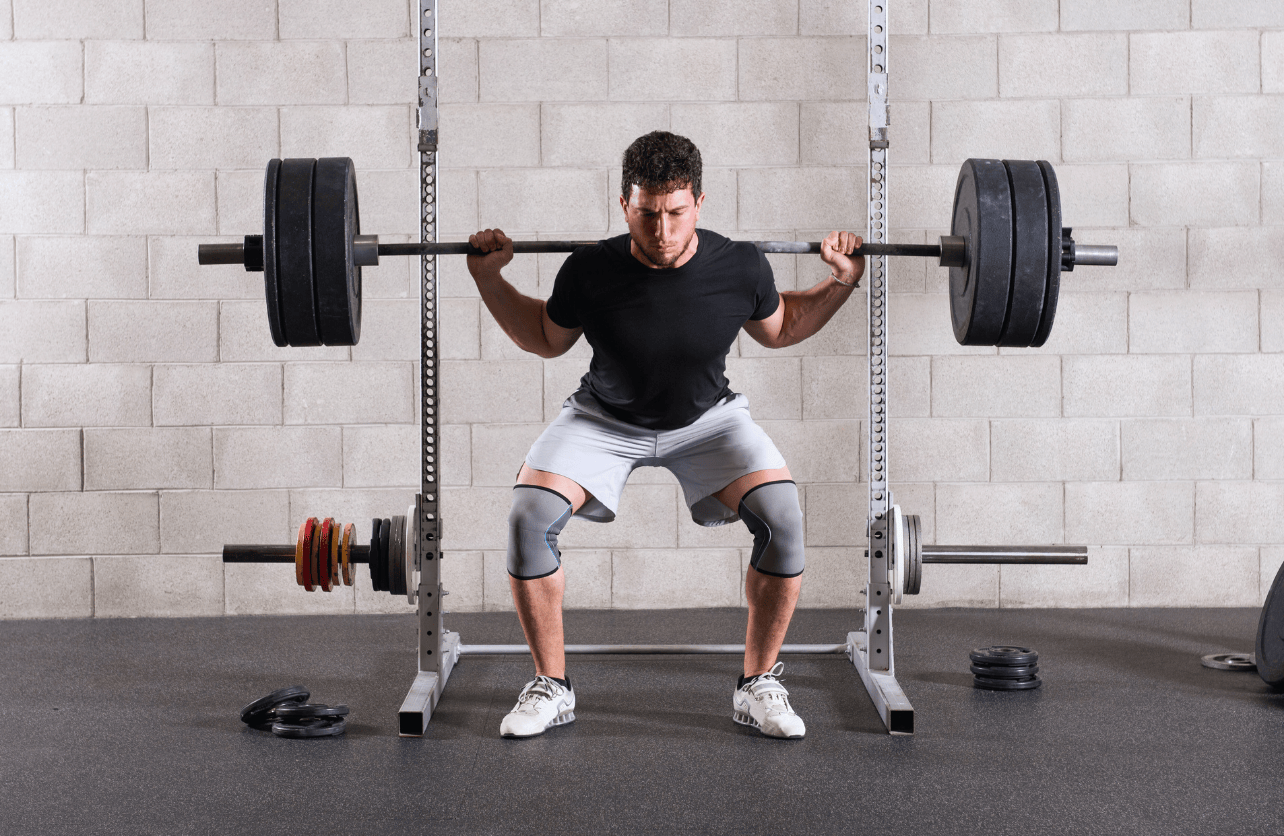
Squats are the cornerstone of lower-body strength. They build power in the quadriceps, hamstrings, glutes, and core, which are critical for acceleration, jumping, and stability.
- Back Squat – The traditional squat builds overall lower-body strength and enhances power output.
- Front Squat – Places more emphasis on the quads and core, improving posture and mobility.
Both variations help increase leg drive—crucial for offensive linemen pushing against defenders or running backs breaking through tackles.
Training Tip: Perform 3–5 sets of 5 reps with heavy weight to build maximum strength.
2. Deadlifts (Conventional & Trap Bar Deadlifts)
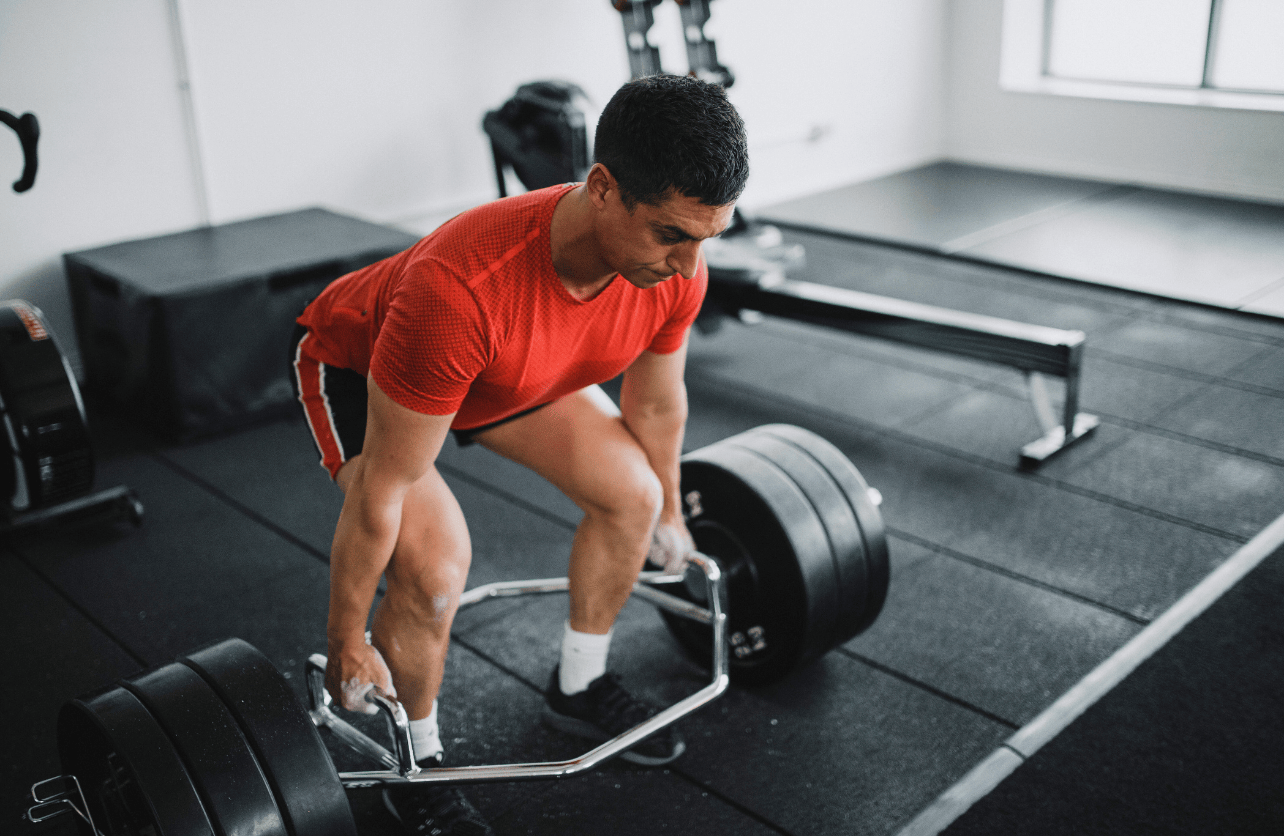
Deadlifts are one of the best total-body strength exercises for football players. They develop power in the posterior chain (glutes, hamstrings, and lower back), which is essential for sprinting speed and explosive takeoffs.
- Conventional Deadlift – Builds raw strength and stability, especially for linemen and power positions.
- Trap Bar Deadlift – A safer variation that places less stress on the lower back, allowing for heavier lifts with better form.
Training Tip: Focus on 3–4 sets of 4–6 reps, ensuring proper form to prevent injury.
3. Power Cleans (Olympic Lift for Explosiveness)
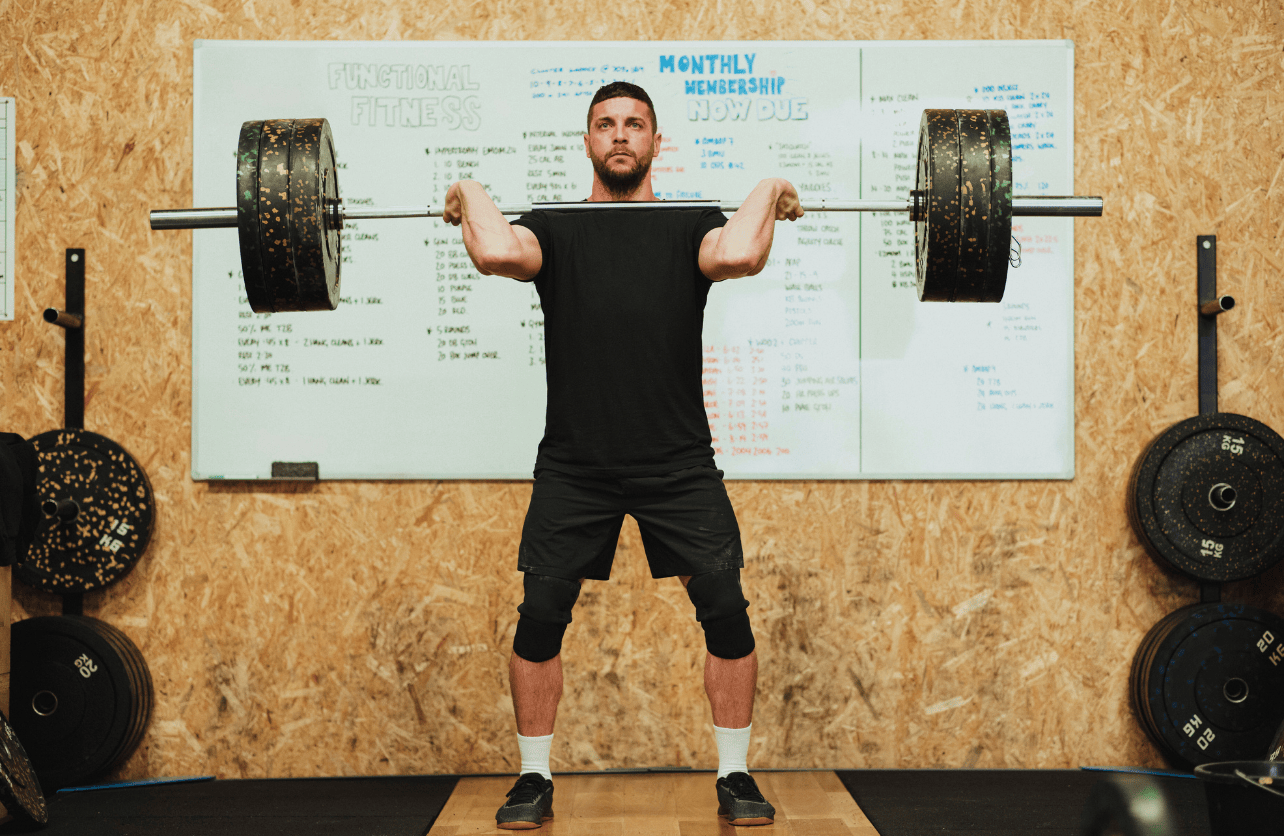
Power cleans are one of the most explosive lifts for football players. This Olympic lift mimics real-game movements, such as driving off the line, tackling, and breaking into a sprint.
Benefits of power cleans:
- Develops fast-twitch muscle fibers, leading to quicker acceleration.
- Enhances coordination and reaction speed.
- Builds full-body explosiveness, especially in the hips, shoulders, and legs.
Training Tip: Perform 3–4 sets of 3 reps with controlled form. Focus on speed and proper technique rather than heavy weight.
4. Bench Press (Flat & Incline Variations)
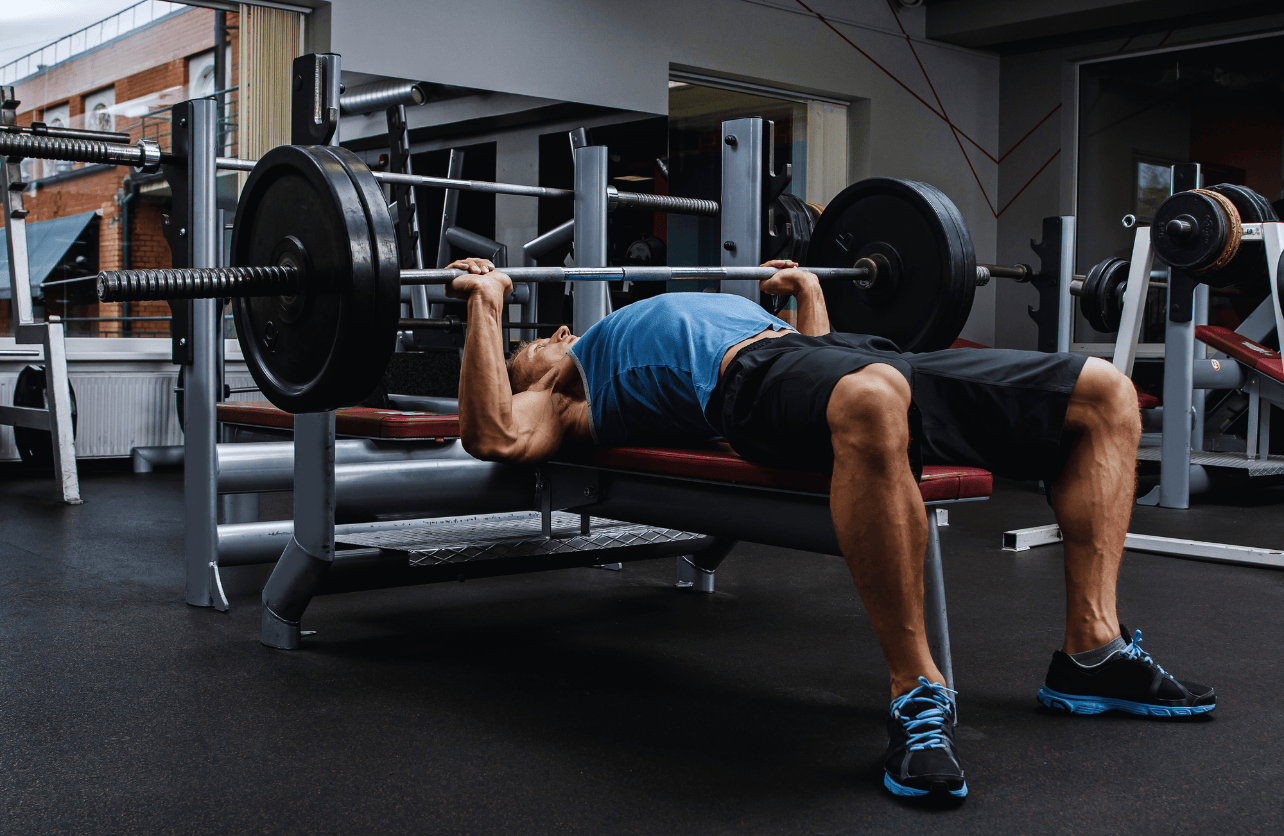
The bench press builds upper-body pressing strength, essential for blocking, stiff arms, and tackling. Both flat and incline bench press should be included in a football strength program.
- Flat Bench Press – Develops overall chest, shoulders, and triceps strength.
- Incline Bench Press – Places more emphasis on the upper chest and shoulders, important for linemen and receivers.
Training Tip: Aim for 4–5 sets of 4–6 reps with heavy resistance. For explosive power, incorporate speed reps (lighter weight, faster reps).
5. Bulgarian Split Squats (Single-Leg Strength & Balance)
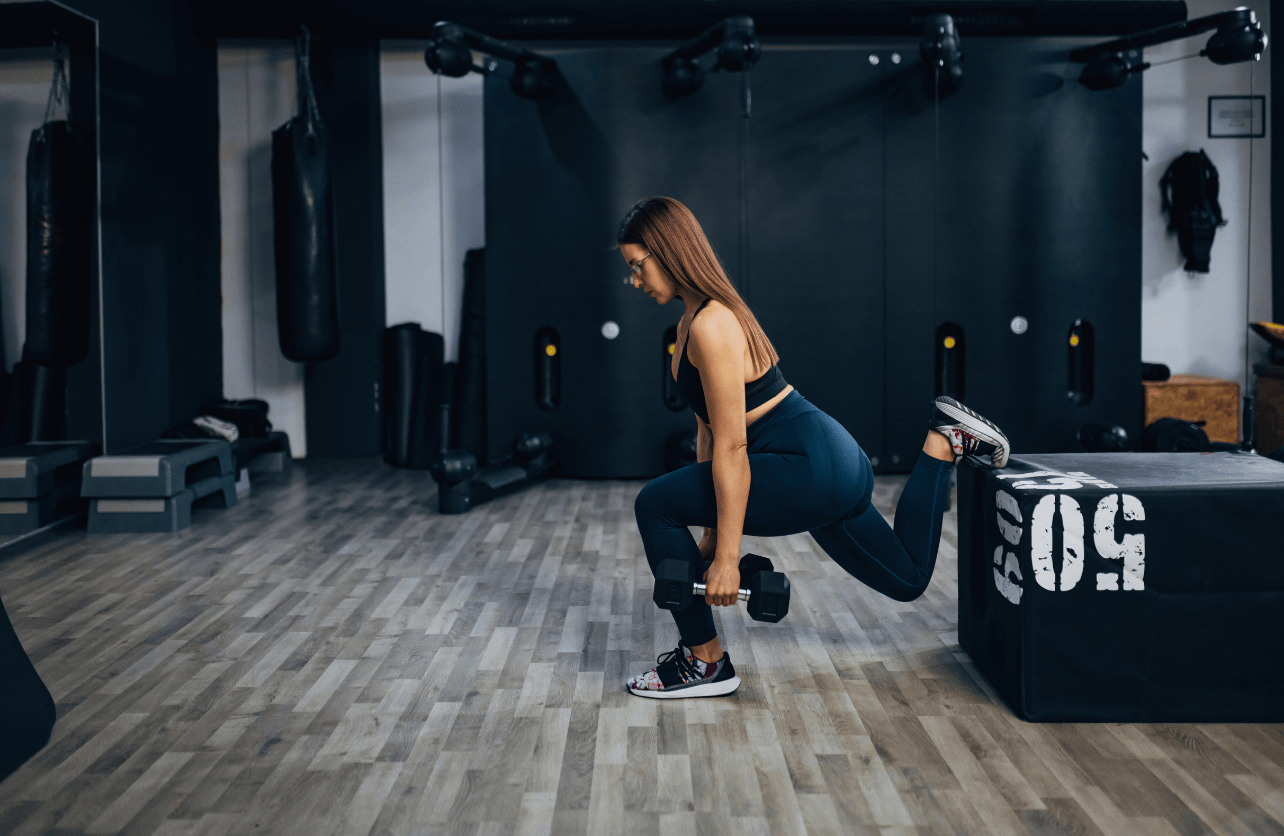
Football isn’t just about raw power—balance and stability are just as important. Bulgarian split squats strengthen each leg individually, improving balance, mobility, and injury prevention.
Why it works for football players:
- Reduces muscle imbalances, which can lead to injuries.
- Builds strong, stable legs, which improve cutting and lateral movement.
- Strengthens the core and stabilizing muscles.
Training Tip: Perform 3 sets of 8–10 reps per leg with dumbbells or a weighted barbell.
6. Sled Pushes (Game-Ready Strength and Conditioning)
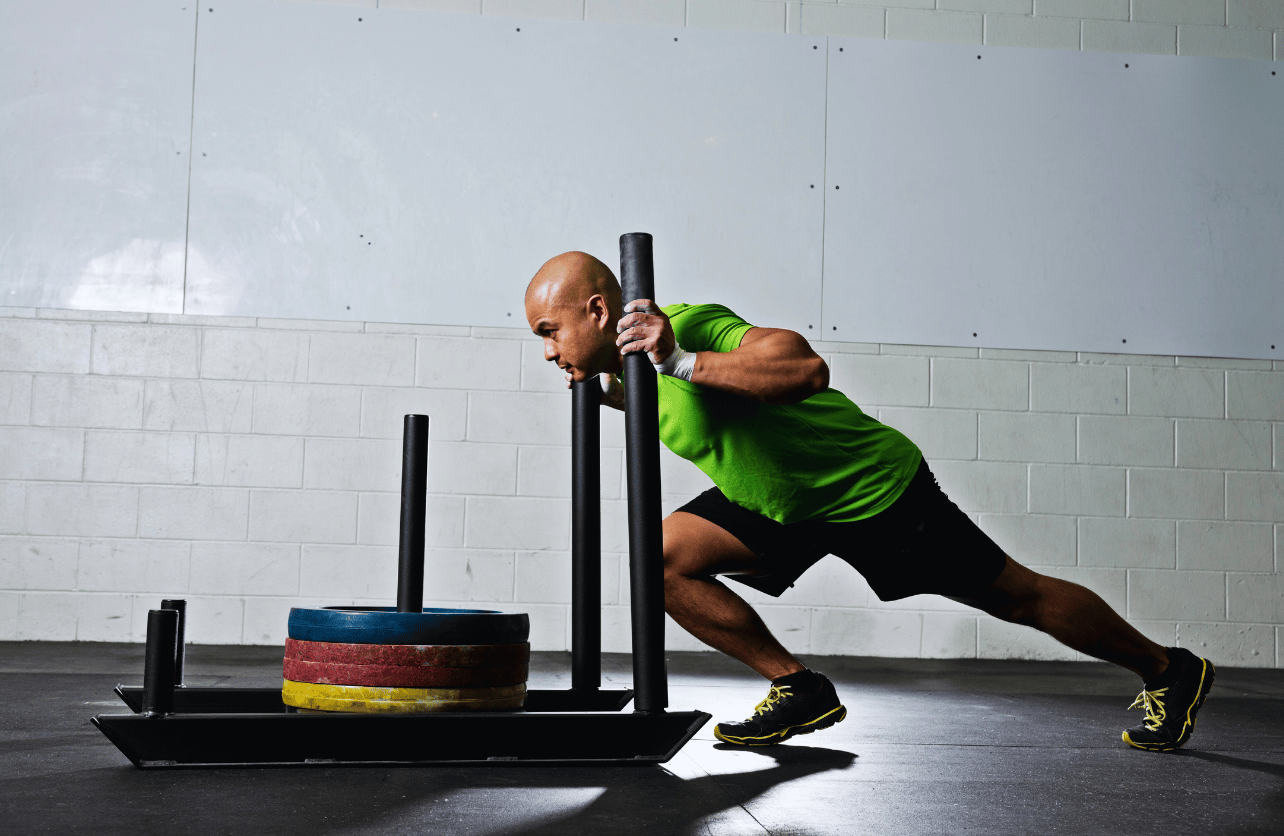
Sled pushes are explosive movements that simulate real-game actions, like pushing off the line or driving through a tackle. They combine strength, endurance, and speed training in one exercise.
Benefits:
- Enhances leg drive and acceleration.
- Builds core strength and endurance.
- Trains full-body power output, ideal for linemen and running backs.
Training Tip: Push a weighted sled 15–20 yards per set, focusing on powerful, short bursts. Perform 3–5 sets as part of conditioning.
7. Pull-Ups & Chin-Ups (Upper Body Strength & Grip Power)
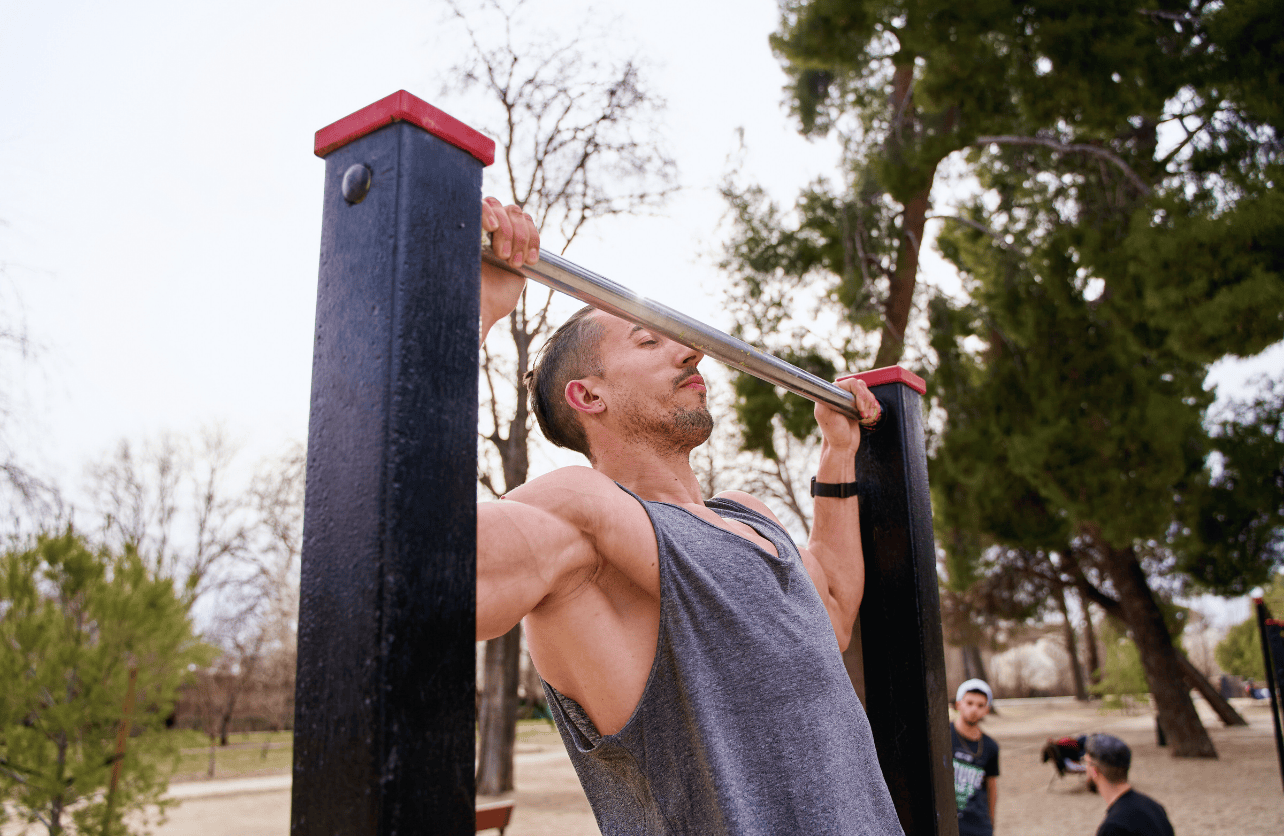
Football players need upper-body control and grip strength, especially for blocking and tackling. Pull-ups and chin-ups build strength in the back, shoulders, and arms, essential for grappling opponents.
- Pull-Ups – Emphasize the lats, upper back, and forearms.
- Chin-Ups – Engage the biceps and chest more heavily.
Training Tip: Aim for 3–4 sets of 8–12 reps. If bodyweight pull-ups are too easy, add weighted variations.
Building a Football Strength Program
A well-structured football strength program includes both heavy lifting for power and explosive movements for speed. Here’s an example of a weekly workout split:
Day 1: Lower Body (Strength & Power)
- Back Squats – 5 x 5
- Bulgarian Split Squats – 3 x 8 per leg
- Deadlifts – 4 x 5
- Sled Pushes – 4 x 15 yards
- Core Work (Side bends, Hanging Leg Raises)
Day 2: Upper Body (Pressing & Pulling Strength)
- Bench Press – 5 x 5
- Chin-Ups – 5×5
- Incline Dumbbell Press – 3 x 10
- Dumbell Rows – 3 x 10
- Medicine Ball Slams – 3 x 15
Day 3: Explosive Training & Conditioning
- Power Cleans – 4 x 3
- Speed Deadlifts – 4 x 4
- Box Jumps – 3 x 8
- Sled Sprints – 4 x 20 yards
- Core Work (Copenhagen Dips, Cable Twists)
Final Thoughts: Get Strong, Get Explosive, Get Game-Ready
Strength training is a game-changer for football performance. By incorporating powerful compound lifts, explosive Olympic movements, and functional single-leg exercises, players can develop the strength and speed needed to dominate on the field.
Whether you’re a lineman looking to increase pushing strength, a running back working on burst speed, or a linebacker focused on explosive tackling power, this training approach will help you become a stronger, more dynamic athlete.
Trustworthy Insights for You
With years of combined expertise in online publishing, OvertimeReviews embodies the lessons learned from SEO strategies to paid advertising experiences. We've navigated the highs and lows, and our goal remains clear: to equip readers with comprehensive information they can trust.
